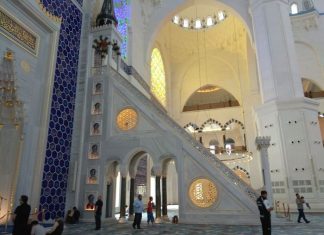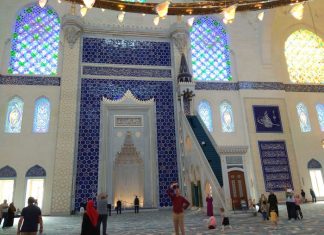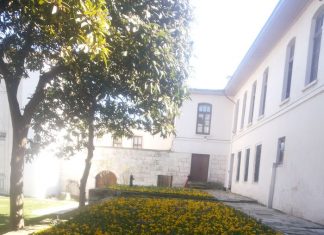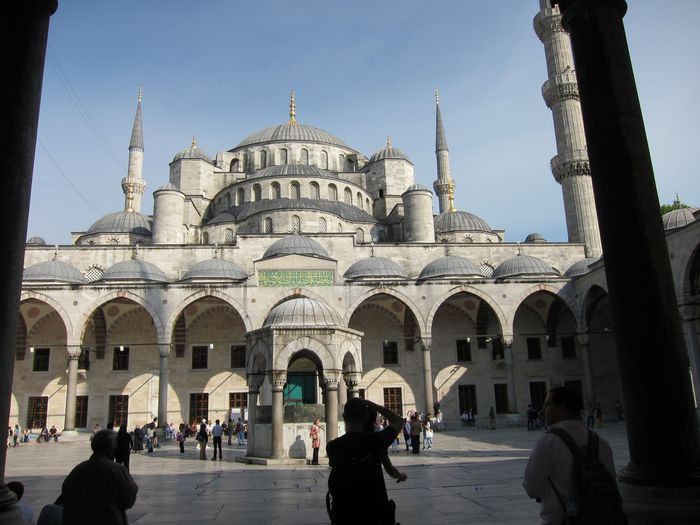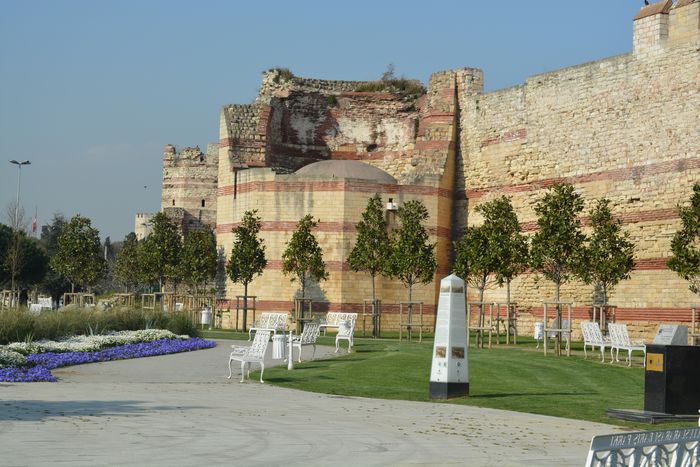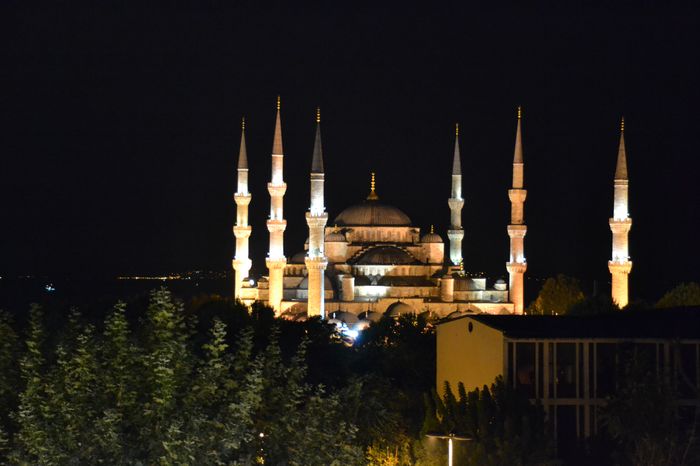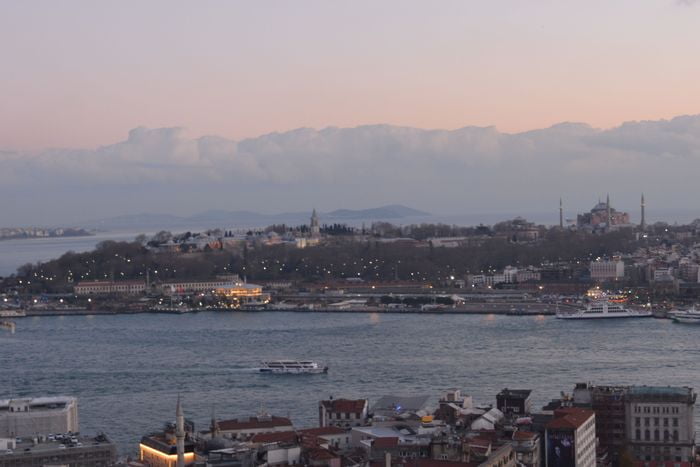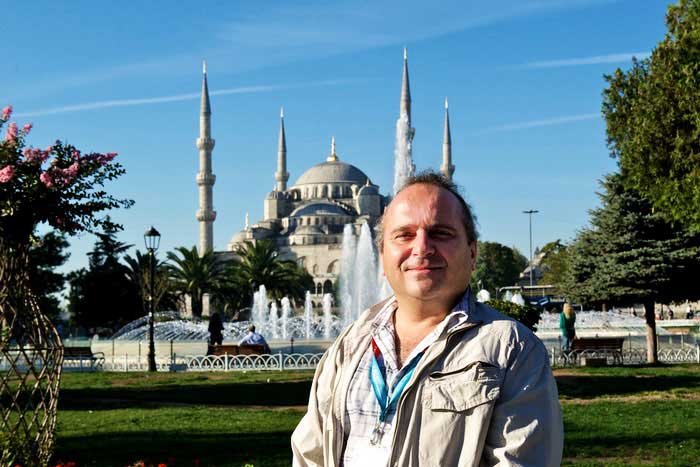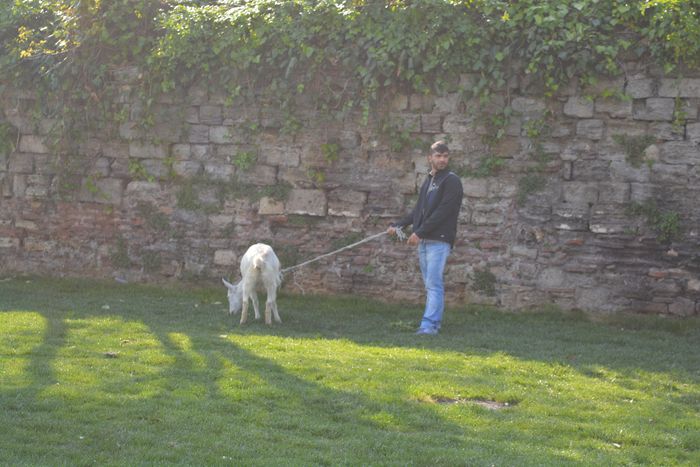Ottoman Tombstone Symbols
Turkish Graveyard Traditions through the Ages
Evolution of Tombstone Art
The tradition of planting gravestones in Turkish graveyards dates back to ancient times. Initially serving the practical purpose of marking grave locations with flat and high stones, gravestones evolved into symbolic artworks. Animal figures and Chinese motifs adorned these tombstones, gaining figurative significance over time. This tradition laid the foundation for Ottoman tombstones.
Gokturk Era Birth of Grave Statues
During the Gokturk era, grave statues emerged, featuring distinctive headgear, arches, and accessories. With the influence of Islamic beliefs during the Ottoman era, these statues transitioned into abstract forms. While headgear and objects adorned the tombstones, hands and feet were often understated.
Ottoman Grave Classification
Ottomans designated their tombstones as “sahide.” Each grave had two sahides – the head sahide and the fo
Preserving Troy’s Heritage
“Dus ve Gercek Troia”
Exhibition Overview
“Dus ve Gergek Troia” unfolds across 486 pages, presenting a monumental collection of Troy artifacts sourced from various museums in Germany and other nations. Printed on high-quality glazed paper and measuring 30 cm. x 24 cm., the book serves as a testament to the exhibition’s significance. Its back cover echoes a poignant plea: “These works wait to be exhibited in a modern Troy museum in Turkey.” While a call tinged with tragedy, it underscores the reality of a shared heritage Read More about Distinctive Symbols on Ottoman Tombstones. The hope lingers for the creation of a museum in Troy where these artifacts, currently held by antiquity merchants, can return to their rightful home.
A Harrowing Reality
The exhibition brings to light the distressing extent of Troy’s pillaging. Participating countries in
The Magic of the Bosphorus
Necati Güngör’s compiled work, “Boğazın Büyüsü,” provides a literary perspective on the Bosphorus, allowing us to draw comparisons between its past and present.
The Bosphorus stands as a symbol of Istanbul, and exploring its history through the lens of literary figures adds a unique pleasure to the experience. Journalist and storyteller Necati Güngör, in his book “Boğazın Büyüsü,” gathers writings from literary figures, with a focus on the renowned traveler Evliya Çelebi, offering insights into the Bosphorus. Published by İnkılap Publications, “Boğazın Büyüsü” allows us to juxtapose the Bosphorus of the past, including its people, quays, religious communities, economy, and ethnic groups, with its current state. The book also reveals the gaps in our knowledge and memory concerning the Bosphorus, prompting a sense of shame The First Church Dedicated to Virgin Ma
The First Church Dedicated to Virgin Mary
The First Church Dedicated to Virgin Mary and the World’s First Advertisement Hoard
The Double Churches, also known as the Consul Church, hold a distinctive position in the Christian world as the first church constructed in honor of Virgin Mary. Originally a place for consul meetings in the 5th century AD, the church underwent transformation into a basilica during the Roman era, eventually becoming dedicated to Virgin Mary. It was during a meeting of the third consul convened here that the decision to establish “Catholicism” was made, making the edifice significant as one of the seven churches of Christianity.
The appellation “Double Churches” emerged with the addition of a second church in the 7th century AD. Ephesus, at the time, boasted advanced infrastructure, including heating, water, and sewage systems. The city’s primary sewage system passed beneath a marble-covered street, featuring columns several meters high and cast lead
Ephesus
The Commerce, Culture, and Faith Center of the Ancient World
Ephesus stands as the most precious legacy of the Hellenistic, Roman, and Byzantine civilizations—a city that thrived as the commerce, culture, and faith center of the ancient world. It remains the most important surviving among the twelve Ionian cities.
According to some sources, Ephesus was initially founded by Amazons, while others argue that it was established by Leleks or Carians. Some historical accounts suggest that human habitation in this region dates back to 5000 BC. Regardless of its origin, everyone agrees that the first city was built at the confluence of the Meander River (Kaistros) with the sea.
Ephesus, initially a significant center in politics and commerce, later transformed into a religious hub with the arrival of figures such as Virgin Mary, St. Jean, and St. Paul. Captured by the Romans in the 2nd century AD, the city prospered, reaching a population of around 250,000. Despite
